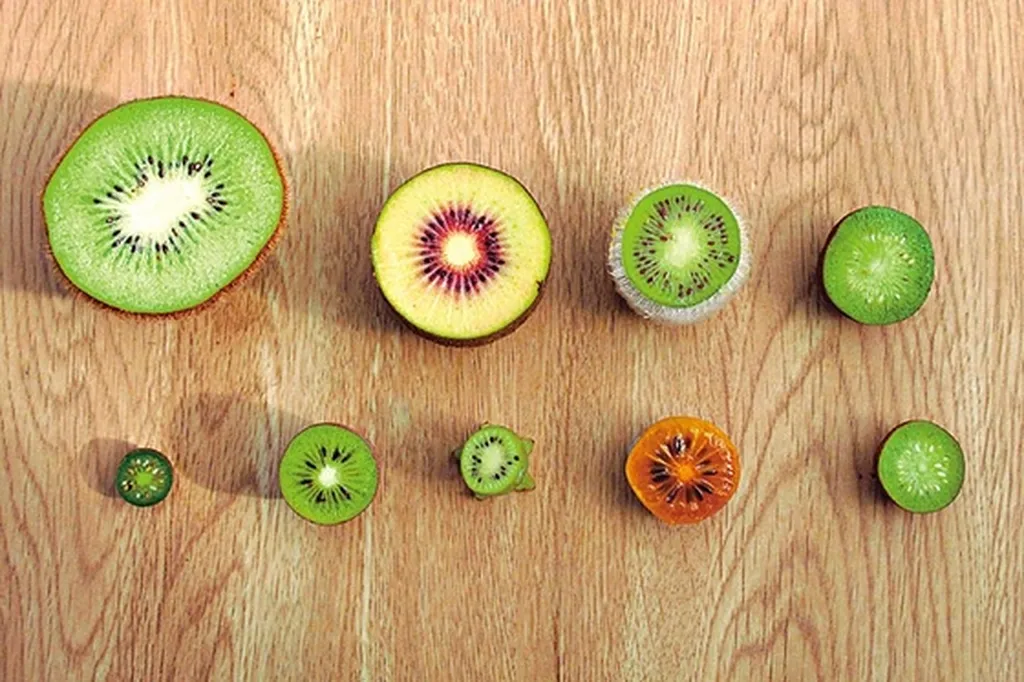In the heart of Southwest China, where kiwifruit and citrus orchards stretch across the landscape, a groundbreaking study has shed new light on how these crops use water, offering valuable insights for farmers and agronomists alike. The research, published in *Agricultural Water Management*, delves into the seasonal variations of energy flux, evapotranspiration (ET), and crop coefficients (Kc) in drip-irrigated orchards, providing a robust foundation for improving irrigation practices.
The study, led by Ningbo Cui from the State Key Laboratory of Hydraulics and Mountain River Engineering at Sichuan University, employed eddy covariance systems to monitor energy partitioning and water use in kiwifruit and citrus orchards over several growing seasons. The findings reveal that most of the net radiation in these orchards is consumed by latent heat flux, with 70.9% in kiwifruit and 69.9% in citrus orchards. This indicates that a significant portion of the energy is used for evapotranspiration, a critical process for understanding crop water needs.
“Understanding the energy partitioning and water use dynamics in these orchards is crucial for developing accurate irrigation schedules,” said Cui. The research estimated the average ET and transpiration (T) at 2.04 ± 0.18 mm/day and 1.15 ± 0.16 mm/day for kiwifruit, and 2.49 ± 0.25 mm/day and 1.18 ± 0.09 mm/day for citrus orchards, respectively. These figures provide a clear picture of the water requirements for these crops, which are widely planted in the region.
One of the most significant contributions of this study is the derivation of transferable, standard crop coefficients (Kc-standard) and basal crop coefficients (Kcb-standard) for kiwifruit and citrus. For kiwifruit, the Kc-standard values were found to be 0.74 ± 0.01 at the initial stage, 0.99 ± 0.02 at the mid-season stage, and 0.82 ± 0.01 at the late-season stage. For citrus, the values were 0.92 ± 0.03, 1.01 ± 0.03, and 0.95 ± 0.07 at the initial, mid-season, and late-season stages, respectively.
These coefficients are essential for accurately estimating evapotranspiration and formulating precise irrigation schedules. “The calibrated Kc and Kcb values can serve as valuable guidelines for assessing the actual ET and precise irrigation water management of extensively planted kiwifruit and citrus orchards in Southwest China,” Cui explained.
The study also highlighted the impact of seasonal rainfall and vegetation cover on locally developed daily Kc and Kcb. Changes in soil surface moisture and coverage, particularly in citrus orchards planted with wide rows, significantly affect water use dynamics. This understanding can help farmers optimize irrigation practices, leading to more efficient water use and potentially higher yields.
The implications of this research extend beyond Southwest China, offering insights that could be applied to similar climates and crop types worldwide. By providing a clearer understanding of energy partitioning and water use in perennial orchards, this study paves the way for more sustainable and efficient agricultural practices.
As the agriculture sector continues to grapple with water scarcity and the need for sustainable practices, studies like this one are invaluable. They not only enhance our understanding of crop water use but also provide practical tools for farmers to improve irrigation management. With the calibrated Kc and Kcb values derived from this research, farmers can make more informed decisions, ultimately leading to better crop yields and more efficient water use.
In an era where water resources are increasingly strained, such advancements are not just beneficial but essential. They represent a step forward in the quest for sustainable agriculture, ensuring that our orchards and farms can thrive even in the face of growing challenges.

